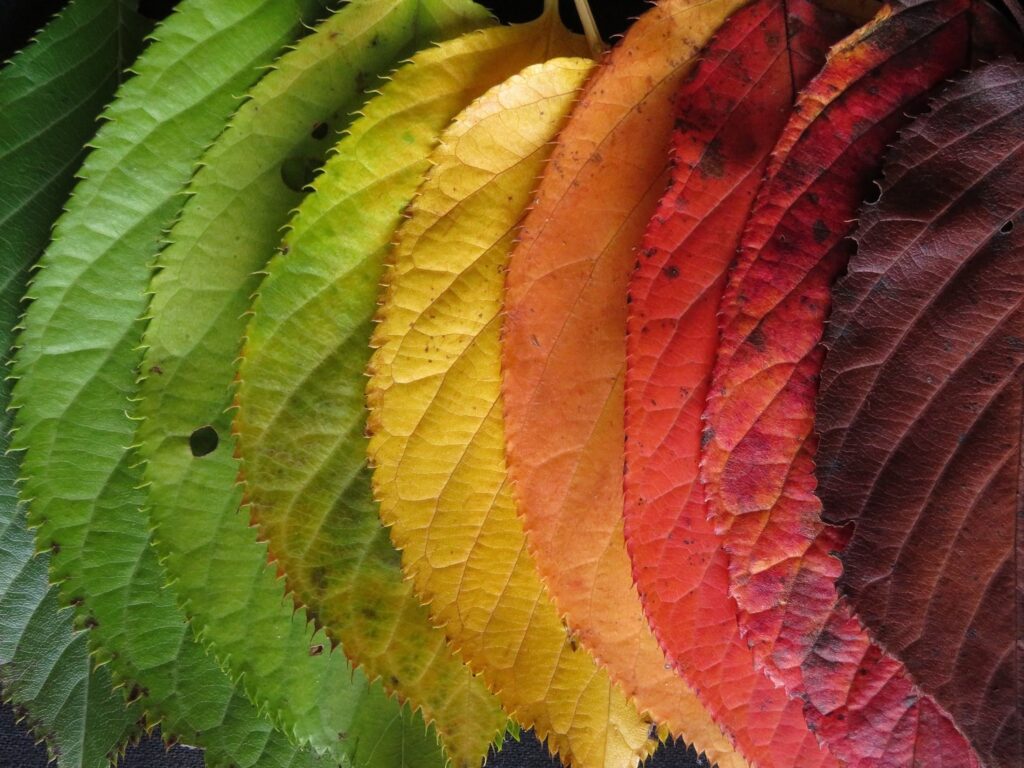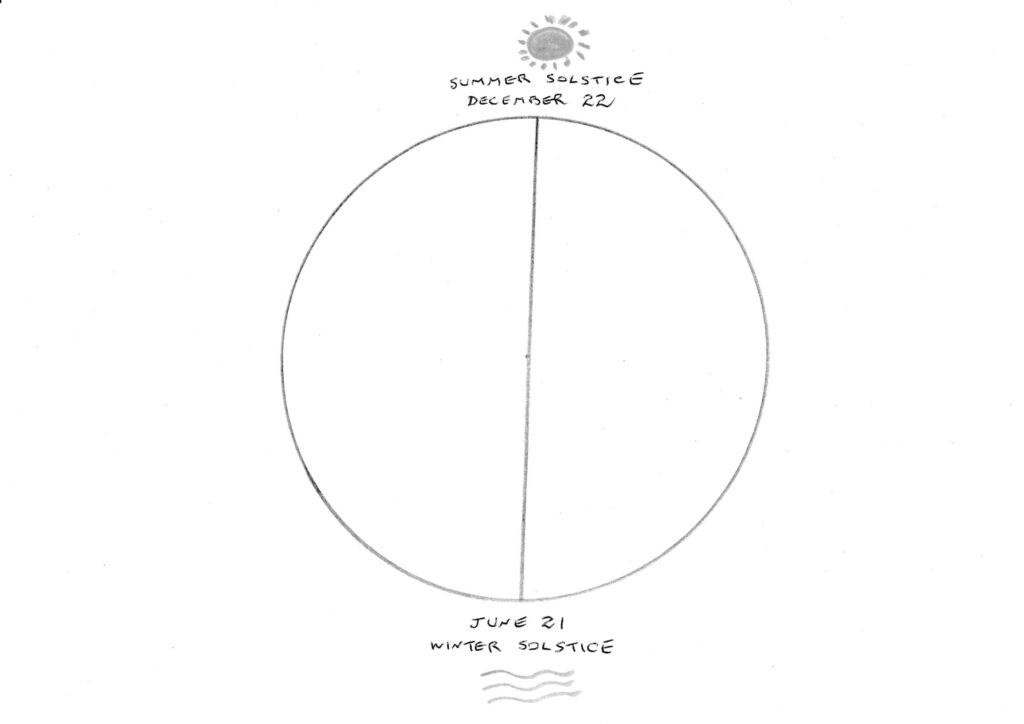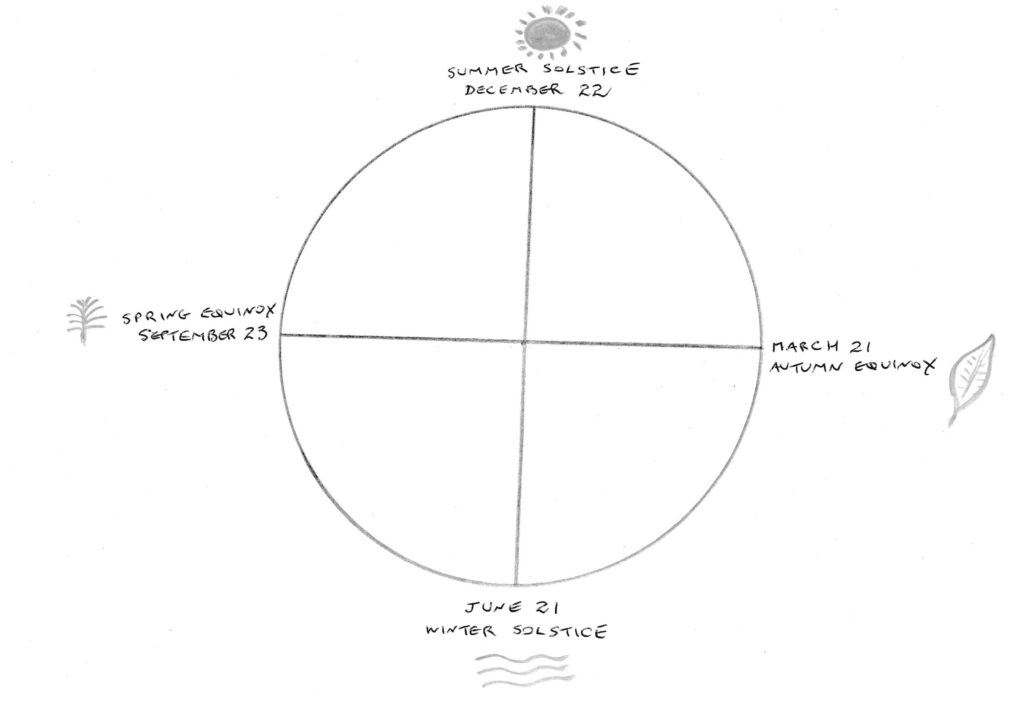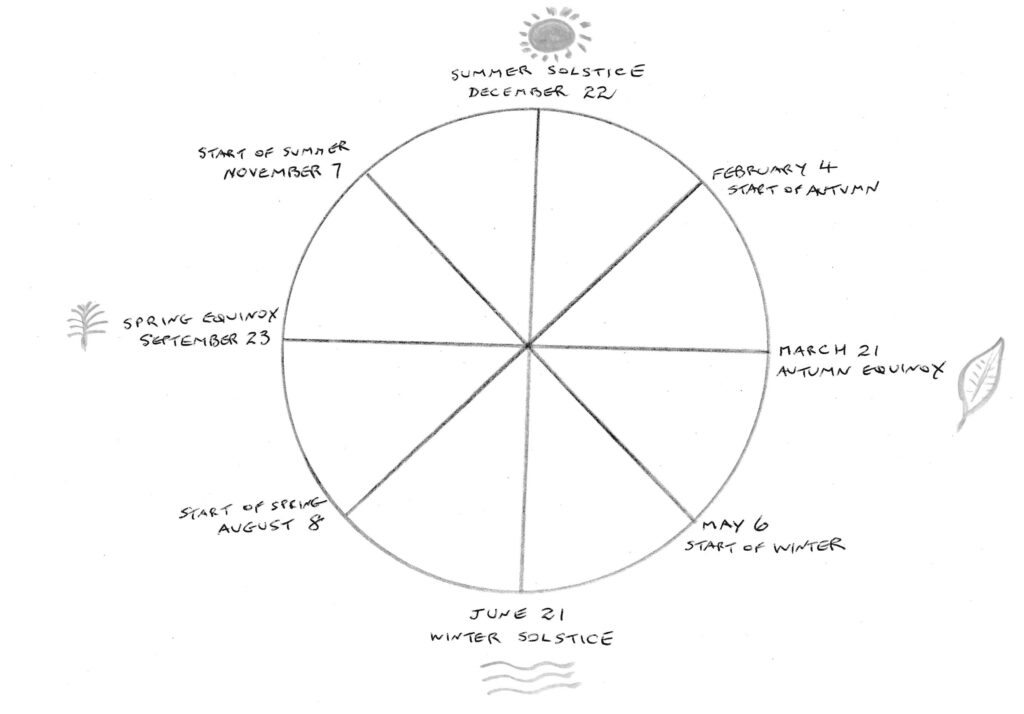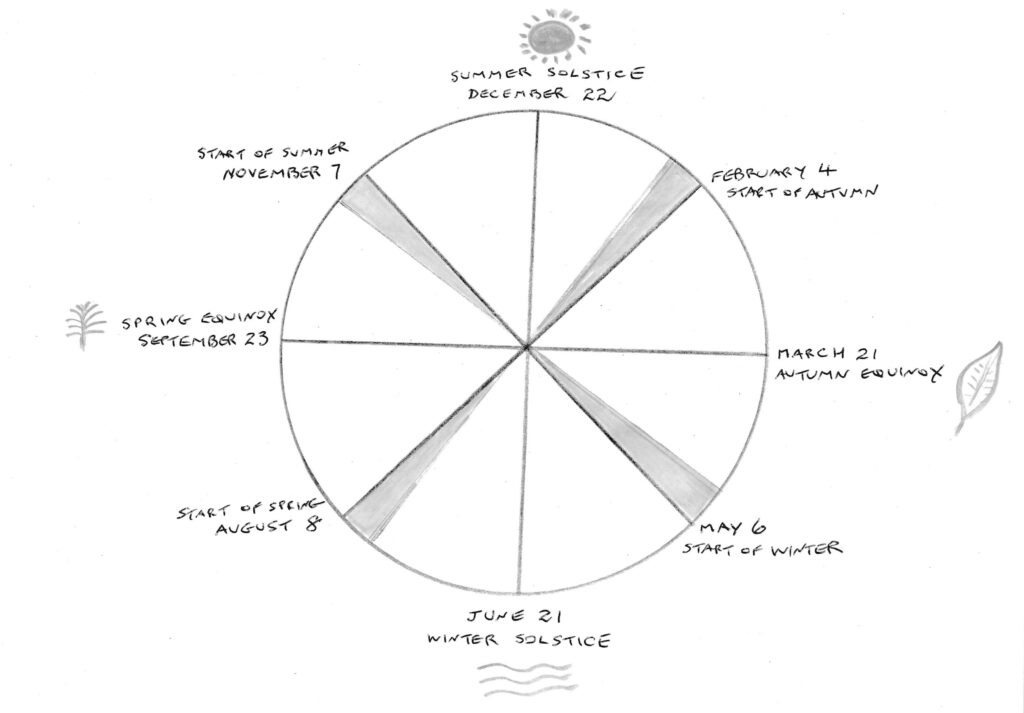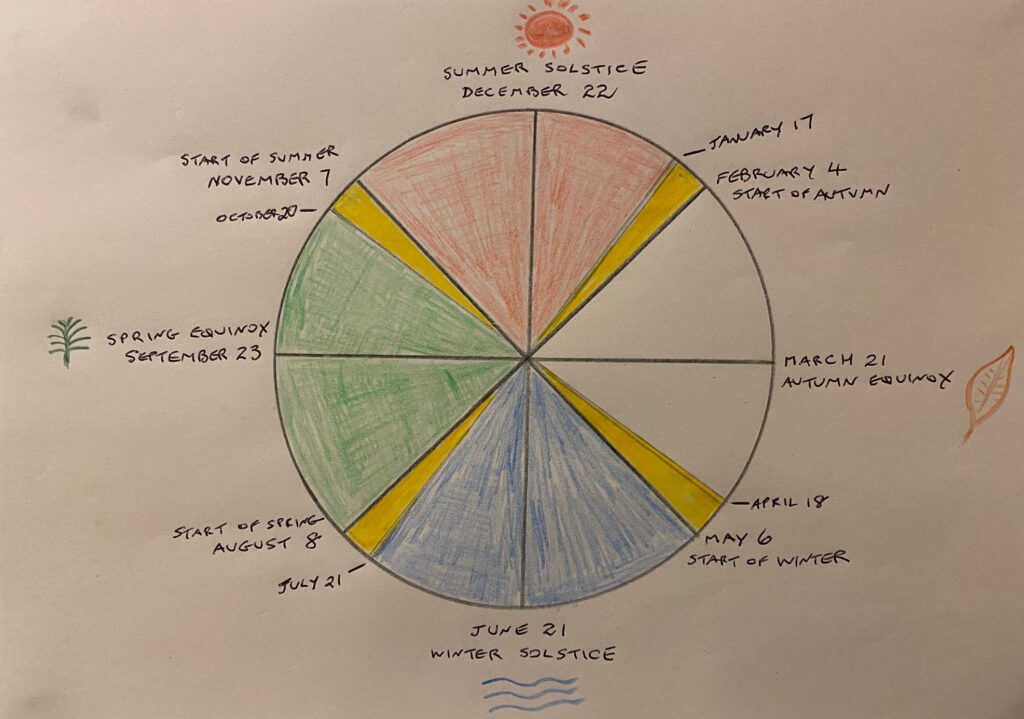
Here we complete the year-long series of blogs on the xi-cleft points. Under the microscope today are the Earth points of this category. If you are puzzling over why I’m considering the Earth Element in the late winter in the southern hemisphere, it is because we are now in the 18-day transition phase between winter and spring. For those in the northern hemisphere, the transition is between summer and autumn, namely the late summer, that is more usually associated with Earth. The previous blog looked at how the dates of these transitions are calculated.
The xi-cleft points, sometimes known as accumulation points, are places where the Qi of the channel accumulates and dives more deeply down. They are known to treat acute conditions of the organ. They are also known to treat stagnation, both in the organ and in the corresponding emotion.
Stomach 34 ~ Liangqiu ~ Ridge Mound
The mound here refers to the rectus femoris muscle of the thigh, which is adjacent to this point. There are many acupoints with mound in their names. Mounds are raised places where we can see further and find greater perspective. Liangqiu can support us in finding balance and perspective around nourishment, both in what food we eat, how we eat, as well as the nourishment we get from relationships and other influences that we let into our lives. One of the ways that Earth can be thrown off its axis is when there is an imbalance between receiving nourishment from others and giving of ourselves to others. Another translation of Liangqiu is “Beam Mound”. A beam provides both support and balance, and this point brings both of those qualities to this issue of nourishing self and others.
Stomach 34 is known for treating a wide variety of stomach related conditions including epigastric pain and swelling, and rebellious Qi conditions such as regurgitation, acid reflux, nausea and vomiting. It treats swelling, stiffness and pain in the knee, difficulty with flexion and extension of the knee, and coldness in the knee and leg. It is also used to treat stagnation in the breasts, which lie higher up the Stomach channel. Mastitis, swelling, pain and abscesses in the breasts can be addressed.
Location of Stomach 34
2 cun above the top of the lateral border of the patella, in a depression between rectus femoris and vastus lateralis. The height of the patella, top to bottom, is considered to be 2cun and so can be used as a guide.

Spleen 8 ~ Diji ~ Earth Pivot
The name of this character, Diji, has many translations: Earth Pivot, Earth Cure, Earth Crux, Earth Motivator, Earth Basket.
Earth Pivot echoes the name of Stomach 25, Celestial Pivot. Indeed, the ancients saw three Earth points as representing the upper (SP 21), middle (ST 25) and lower (SP 8) aspects of the human body, corresponding to Heaven, Human and Earth respectively. Thus, Diji treats conditions of the lower body. The 16th century physician Yan Zhen-shi went so far as to claim, “There is no condition of the lower region that cannot be treated with Diji.” Big call!
The xi-cleft points of the yin meridians are famous for treating blood disorders, especially blood stasis. Since the Spleen is responsible for producing blood and for regulating the distribution of blood and fluids, it can be deduced that Spleen 8 will be particularly useful for blood issues. Any menstrual irregularities therefore respond to this point. This includes irregular, painful or scanty periods. It treats pain and distension of the abdomen, diarrhoea, leucorrhoea, oedema and difficult urination.
If we consider the alternative name of Earth Motivator, we can see how it can be used to energise the Earth Element, clearing stagnation, and resolving damp and its accompanying sensations of feeling drained and lethargic. It supports the healthy quality of Spleen that provides upward lift. One of the problems that can occur when Earth is out of balance is that of inertia. Inertia is often interpretated as doing nothing, an inability to get moving. However, it really refers to things continuing in their current state, so it equally applies to the person who can’t stop moving. This point therefore supports appropriate rest and movement.
This last thought makes me think of the tussle that occurs in the transition from late winter to early spring. One day we are pulled to outside activity on a bright sunny day, only to be driven indoors the next by a cold and rainy day. This back and forth between winter and spring can make for some frustration, so I’ll be using Spleen 8 in the next week or so to help me through this transition. Let’s see if it works.
See you again in our southern spring when I’ll be starting a new round of season-related blogs.
Location of Spleen 8
5 cun below the knee crease on the inside of the leg. Divide the distance between the knee crease and the ankle into three parts. The point is one third down from the knee and on the back border of the tibia bone.

